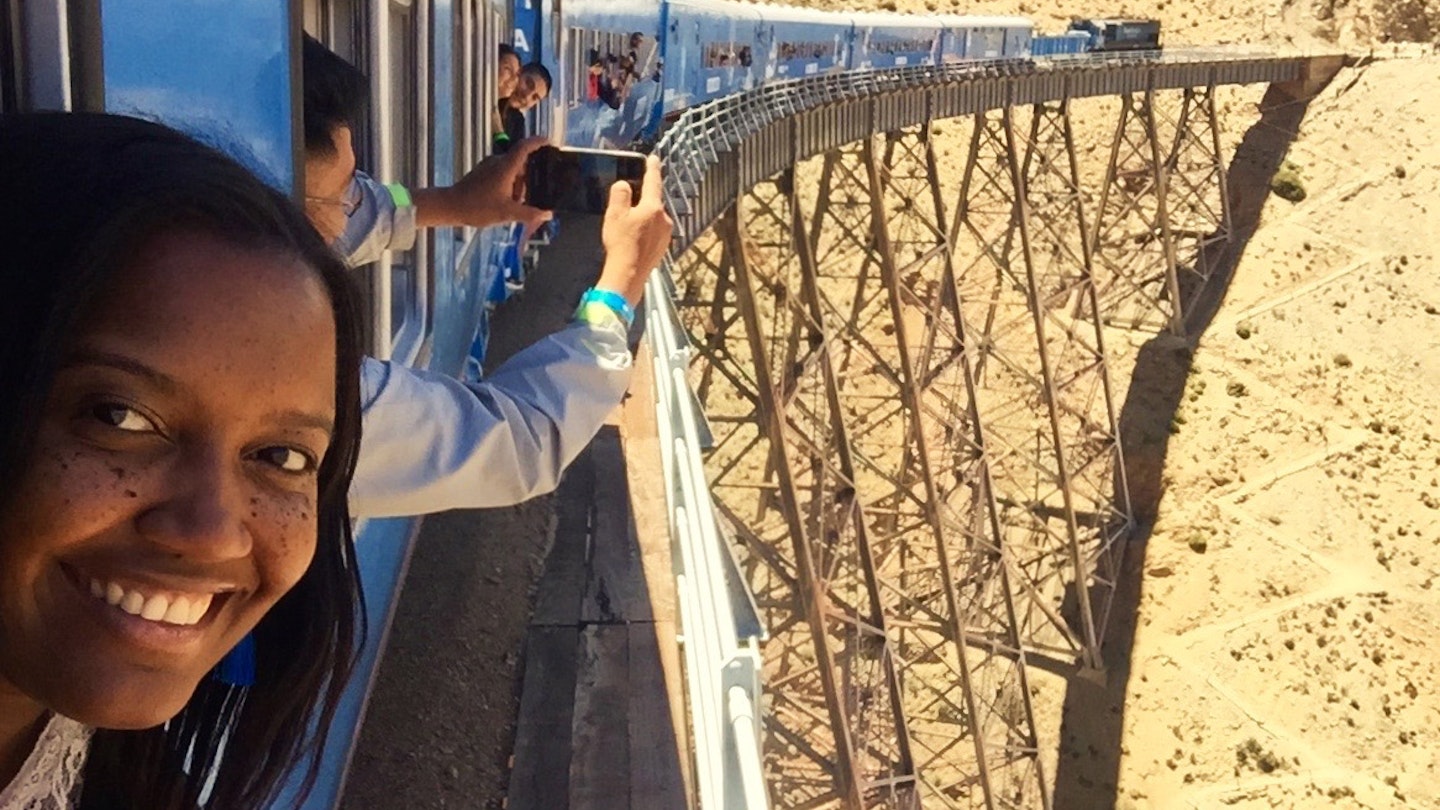The Crux of Misbehaving Influencers
With over a billion monthly users, Instagram has become a crowded market for existing (and aspiring) influencers. This oversaturation pushes individuals to take risks, often resulting in dangerous antics to gain attention and go viral. Some daredevils chase the perfect shot by living on the edge—literally—trespassing, engaging in reckless behavior on cliffs, and even taking selfies in inappropriate locations, which has led to numerous tragic outcomes. Between 2011 and 2017, there were over 250 selfie-related deaths.
Unacceptable influencer behavior includes inappropriate actions at historic sites, sharing exploitative photos with marginalized individuals, and engaging in unethical practices for attention.
Staged Reality
Instagram promotes a staged version of reality where adventurous activities like desert safaris and deep-sea dives are often portrayed in glamourous settings. For instance, ludicrous food presentations—like oversized servings on quaint picnic setups—may create visually appealing photos but misrepresent how most travelers experience these activities, inadvertently encouraging food wastage.
Visitors to Bali’s Lempuyang Temple, for example, were surprised to find that a “lake” seen in countless influencer photos was merely an optical illusion created by a mirror.
As a travel writer, I’m aware of the complexities of narrative. Nonetheless, the tendency toward hyper-edited images with exaggerated colors and unrealistic representations leads audiences to question the authenticity of what they see.
Overtourism
Instagram serves as a remarkable tool for planning vacations. Geotagging allows users to save their favorite destinations, essentially creating customized travel brochures. Research indicates that Instagram influences travelers’ choices, often leading them to opt for locations based on their likely popularity.
However, this popularity has severe consequences. Overtourism can transform hotspots into unsustainable destinations, prompting closures and restrictions. For example, overrun landmarks face significant management issues, with some places requiring visitor limits to preserve their integrity.
Made-for-IG Experiences
Another notable impact of Instagram is the rise of experiences designed specifically for social media. Galleries worldwide must now compete with Instagram-centric museums, such as the Museum of Ice Cream and the Color Factory, both of which thrive on generating photo opportunities. Cafés and restaurants are increasingly curating their aesthetics and menus to cater to the Instagram generation.
New Job Roles
In response to our Instagram fascination, new career opportunities have emerged. For instance, some companies have created roles like Instagrammer-in-Chief and Instagram Butlers to help guests optimize their social media presence during their stay. Innovative services such as Instagram Sitters allow guests to engage in their experiences without distracting themselves by managing their social accounts.
Hyper-Documentation
The mindset of “Pics or it didn’t happen” has become a mantra for many travelers. Consequently, this drive to document experiences can detract from genuine exploration, as people increasingly engage with the world through filters and curated content. Some businesses, like Wyndham Grand, are addressing this trend by incentivizing guests to disconnect from their devices, offering rewards for their commitment to experiencing life without the constant temptation to post.
At the end of the day, while Instagram can often be seen as just a collection of images, its role in shaping our perceptions of travel and engagement with the world is undeniable.




